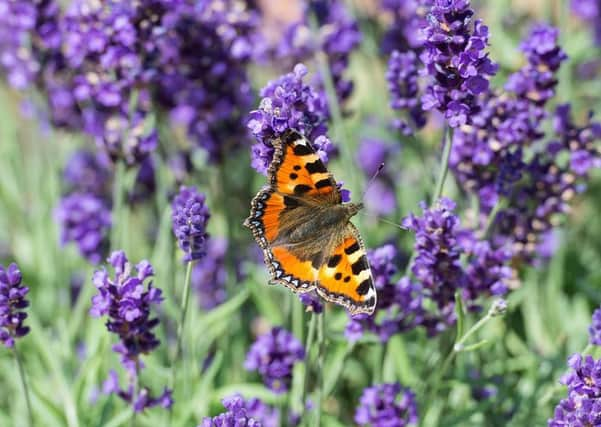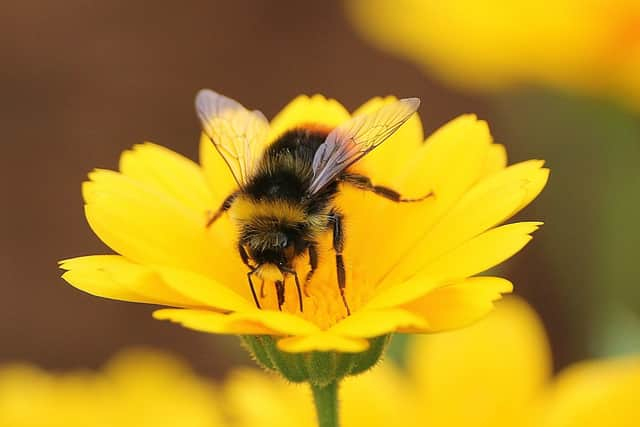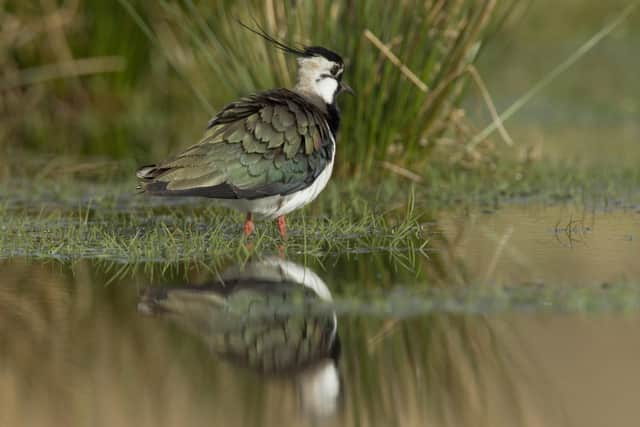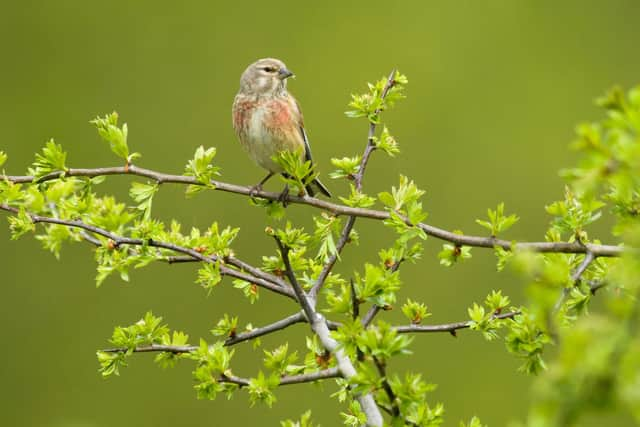Two decades of nature friendly farming sees bird numbers soar more than ten times


However, the future of farming and the incredible wildlife that call our farmlands home hangs in the balance as the UK Government has started drawing up new plans rowing back on pledges made to farmers and for nature.
Adopting nature-friendly farming techniques, the RSPB’s Hope Farm in Cambridgeshire has demonstrated it is possible to reverse the declines in farmland wildlife and maintain a sustainable and profitable business if farmers are given the right support.
Advertisement
Advertisement
On the farm in Cambridgeshire, wildlife numbers have skyrocketed over the past two decades, while the business has continued to maintain a steady profit.


Simple actions such as growing wildflowers, creating ponds, improving soils and cutting out insecticides boosted wildlife, show how the future for farming and nature in the UK could look.
Butterfly numbers are up 409%, compared to a 10% decrease nationally since 1990, and there are 19 times as many bumblebees on Hope Farm than a nearby control farm.
There are now regular sightings of endangered farm birds such as the lapwing, grey partridge, linnet and yellow wagtail, which were never recorded on the farm 20 years ago, and winter farmland birds are up by more than 1,200%.
Advertisement
Advertisement
With the England Agriculture Bill returning to the House of Commons this month, the RSPB is urging the UK government to draw on this experience to guide the development of new agriculture legislation and nature-friendly farming schemes in England.


Jenna Hegarty, RSPB Deputy Director for Conservation said: “The government must wake up and smell the coffee – Hope Farm has proved our farms can become havens for wildlife and maintain profit if farmers are given the right support.
“We have reached a fork in the road – the UK government can rebrand failed policy and face another lost decade for nature.
“Or they can seize this once-in-a-generation opportunity to transform the way we farm; supporting and rewarding farmers for protecting our precious wildlife. The stakes could not be higher.
Advertisement
Advertisement
“The UK government must stand by its promise to rewrite the future for farming and nature to help revive our world.”


Nature is in crisis: 15% of UK species are at risk of extinction, and the Farmland Bird Index has dropped by 57% since 1970.
The UK is languishing near the bottom of the league table as one of the most nature depleted countries in the world. Farmland covers 75% of the UK, meaning farmers are critical to efforts to restore nature and tackle the climate crisis.
Whilst an increasing number of farmers are supporting nature friendly farming and would like to do more, incentives through farm subsidy systems have done too little to support them.
Advertisement
Advertisement
Defra has started to design a new support system, the Environment Land Management Scheme (ELMS).
But initial plans appear to repeat failings of the old system, lack ambition and fails to support new farming practices which work with nature.
Georgina Bray, Hope Farm Manager, said: “Farmland covers the majority of our four countries, making it an absolutely critical part of the solution if we are to reverse the decline of nature.
“Farmers are under a huge amount of pressure, but what’s been amazing about managing Hope Farm is that I’ve seen how nature can help to produce richer, healthier soils and crops and remain productive in the long-term.”
Advertisement
Advertisement
Chairman of the Nature Friendly Farming Network and Hope Farm contractor Martin Lines said: “It’s been great to witness and support the turnaround of nature at Hope Farm.
“The huge increase in butterfly numbers, birds and other wildlife is an incredible achievement.
“The benefits of nature-friendly farming practices not only produce amazing results for nature and the environment but also deliver fantastic benefits for farming productivity.”